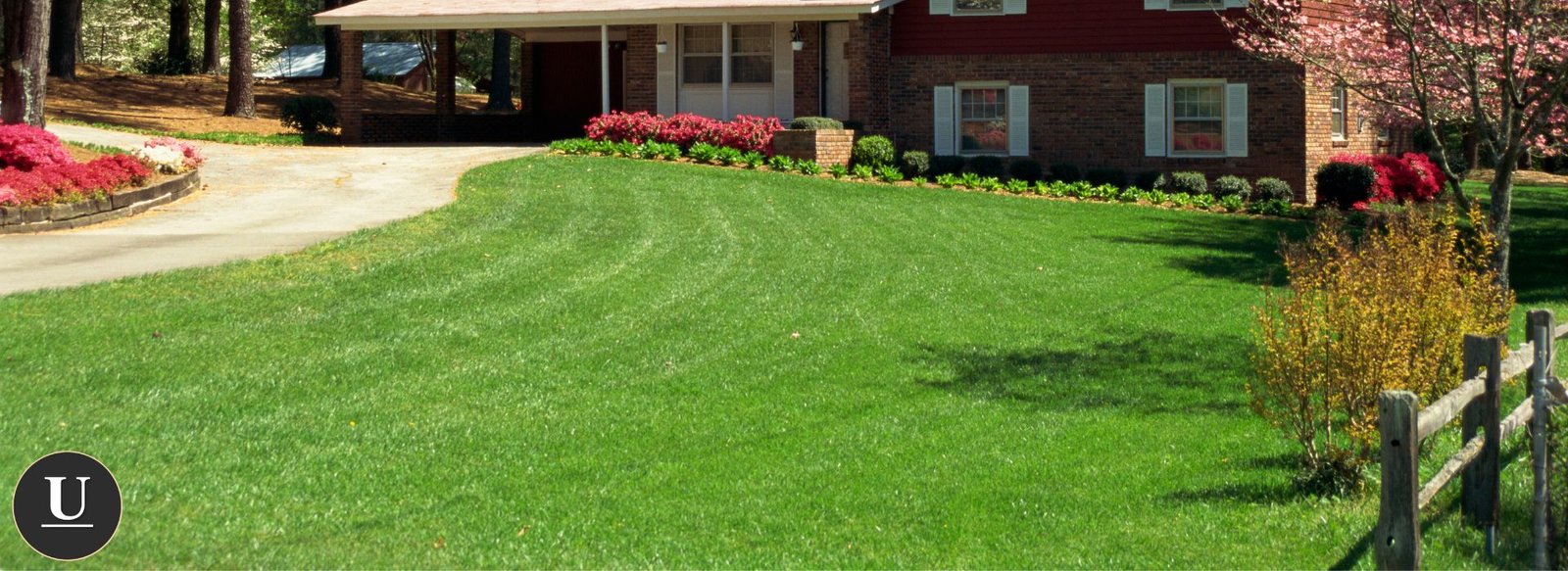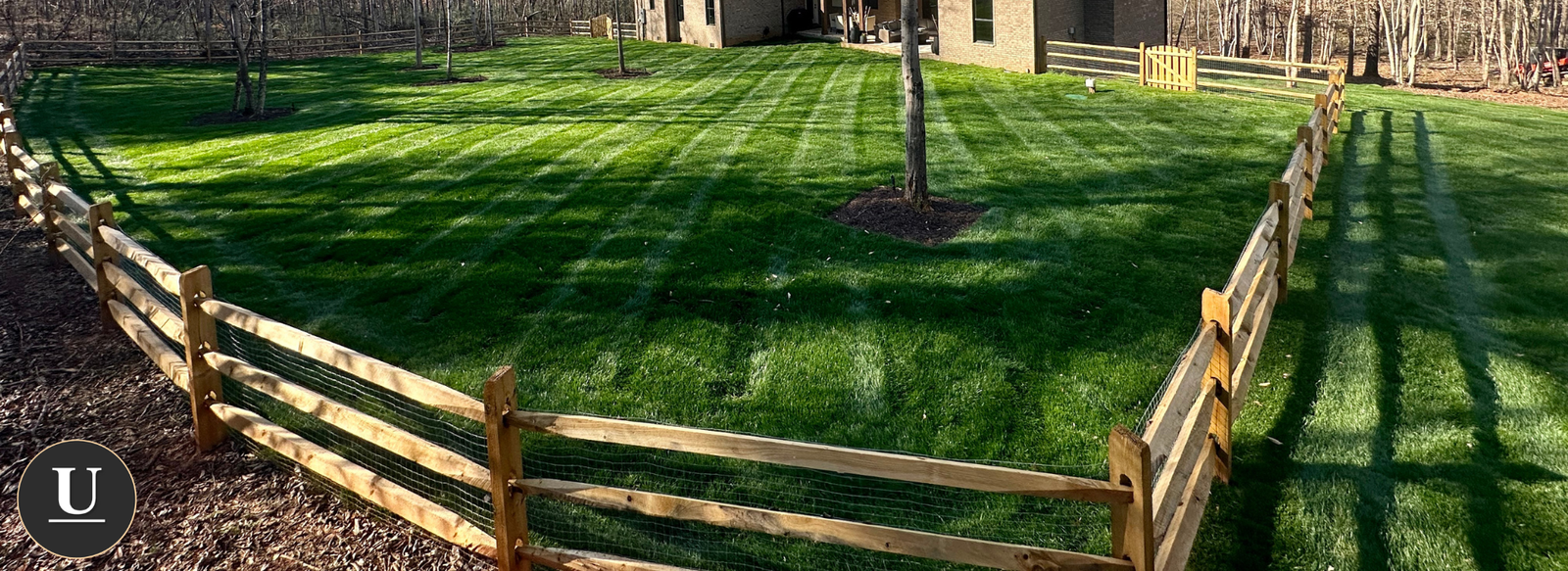A lush, green lawn is the pride of any homeowner, but achieving and maintaining it requires understanding your lawn’s needs. One crucial aspect of lawn maintenance is the application of lime. But what does lime do for grass lawns? In this comprehensive guide, we’ll delve into the benefits of liming your lawn, the types of lime available, and how to apply it effectively for optimal results.

Types of Lime: Calcitic Lime vs. Dolomitic Lime
Before you add lime to your lawn, it’s essential to know the type of lime that suits your soil type. The two primary forms are calcitic lime and dolomitic lime.
- Calcitic Lime: Made from crushed limestone rich in calcium carbonate, it primarily adds calcium to the soil.
- Dolomitic Lime: Contains both calcium carbonate and magnesium carbonate, providing the soil with essential calcium and magnesium nutrients.
Choosing between these depends on your soil’s specific nutrient deficiencies, which can be identified through a soil test.
Benefits of Applying Lime to Your Yard
Applying lime to your yard offers numerous benefits that enhance the overall health of your lawn.
Neutralizes Soil Acidity
One of the primary benefits of lime is that it neutralizes soil acidity. Acidic soils (low pH) can hinder grass growth by limiting the availability of essential nutrients. Lime increases the pH balance, making the soil more hospitable for lawn grasses.
Improves Nutrient Availability
By adjusting the soil’s pH level, lime enhances nutrient availability. This means your grass can more effectively absorb nutrients like nitrogen, phosphorus, and potassium, leading to a healthier, more vibrant lawn.
Enhances Soil Structure
Lime improves soil structure by promoting the aggregation of soil particles. This leads to better air and water movement within the soil, fostering deeper grass roots and improving drought resistance.
Promotes Healthy Grass Growth
With improved nutrient uptake and soil conditions, lime promotes healthy grass growth. A well-limed lawn is more robust, can better withstand stress, and is less susceptible to lawn diseases.
Reduces Moss and Weeds
Acidic soils often encourage the growth of moss and weeds. By raising the soil pH, lime creates an environment less favorable for these unwanted plants, helping to maintain a weed-free, healthy lawn.
When and How to Test Your Soil pH
Why Soil pH Matters
The pH of your soil determines how well plants can absorb nutrients. Most lawn grasses thrive in a slightly acidic to neutral pH range of 6.0 to 7.0. Outside this range, nutrient uptake is compromised, affecting grass health.
How to Conduct a Soil pH Test
Testing your soil is the first step before applying lime. You can use a testing kit from your local garden center or send a soil sample to an extension office for detailed analysis. Regular testing every two to three years ensures your lawn remains in the optimal pH range.
Optimal pH Levels for Different Grass Types
- Cool-season grasses (e.g., fescue, bluegrass): Prefer a pH of 6.5 to 7.0.
- Warm-season grasses (e.g., Bermuda, zoysia): Thrive in slightly more acidic soils with a pH of 6.0 to 6.5.

How to Apply Lime to Your Lawn
Determining the Right Amount of Lime
The amount of lime needed depends on your soil’s current pH and soil type. Clay soil requires more lime to adjust pH than sandy soils. Always refer to your soil test results to determine the precise quantity.
Choosing the Best Time to Add Lime
The best time to apply lime is in the fall or early spring. This timing allows natural weather processes to help lime penetrate the soil before the growing season begins.
Step-by-Step Lime Application Process
- Prepare Your Lawn: Mow and rake to remove debris.
- Choose the Lime Product: Opt for pelletized lime for ease of application.
- Set Up Equipment: Use a broadcast spreader or drop spreader for even distribution.
- Apply the Lime: Spread half the lime in one direction and the other half at a right angle to cover all areas.
- Water Your Lawn: Lightly water your lawn to help the lime settle into the soil.
Tips for Even Distribution
- Overlap slightly to avoid missed spots
- Avoid applying on windy days to ensure the lime falls where intended.
- Clean equipment after use to prevent corrosion.
Common Mistakes to Avoid When Using Lime
Over-Application of Lime
Using too much lime can push your soil pH into the alkaline range, which can be just as detrimental as acidic soil. Stick to recommended amounts based on your soil test.
Applying Lime on Wet Grass
Avoid applying lime on wet grass as it can lead to uneven distribution and potential damage to your lawn.
Ignoring Soil Test Results
Your soil test results are crucial. Ignoring them can lead to improper lime application, wasting time and resources, and potentially harming your lawn’s health.
Frequently Asked Questions about Lime and Lawn Care
How Often Should I Apply Lime?
Typically, you should apply lime every two to three years, but this can vary based on soil tests. Lime works slowly, and its effects can last several years.
Can I Use Lime on a Newly Seeded Lawn?
Yes, but it’s a good idea to mix lime into the soil before seeding. This ensures the soil pH is optimal for seed germination and early growth.
How Long Does It Take for Lime to Work?
Lime can take several months to fully adjust the soil pH. Factors like soil conditions and the form of lime used (pelletized vs. liquid lime) affect the time frame.
The Long-Term Benefits of Lime for Your Lawn
Regular lime treatment is an effective way to maintain a balanced pH in your lawn’s soil. This balance is essential for nutrient uptake, leading to a stronger, more resilient lawn.
Maintaining a Healthy Lawn with Regular Lime Applications
By understanding what does lime do for grass lawn, you can take proactive steps in lawn maintenance. Regular applications, guided by soil testing, ensure your lawn remains vibrant and healthy for years to come.
